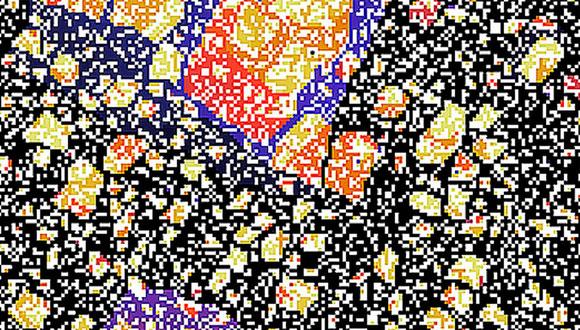Biological & Soft Matter Seminar: Extinctions of coupled populations, and rare event dynamics under non-Gaussian noise
Tal Agranov, University of Cambridge
Zoom: https://tau-ac-il.zoom.us/j/88904888353?pwd=dDIwaXRxSjlsVElkR0dXdTNPTGhnZz09
Abstract:
The survival of natural populations may be greatly affected by environmental conditions that vary in space and time. We look at a population residing in two locations (patches) coupled by migration, in which the local conditions fluctuate in time. We report on two findings. First, we find that, unlike rare events in many other systems, here the histories leading to a rare extinction event are not dominated by a single path. We develop the appropriate framework, which turns out to be a hybrid of the standard saddle-point method, and the Donsker-Varadhan formalism which treats rare events of atypical averages over a long time. It provides a detailed description of the statistics of histories leading to the rare event and the mean time to extinction. The framework applies to rare events in a broad class of systems driven by non-Gaussian noise. Second, applying this framework to the population-dynamics model, we find a phase transition in its extinction behavior. Strikingly, a patch which is a sink (where individuals die more than are born) can nonetheless reduce the probability of extinction, even if it lowers the average population's size and growth rate.


